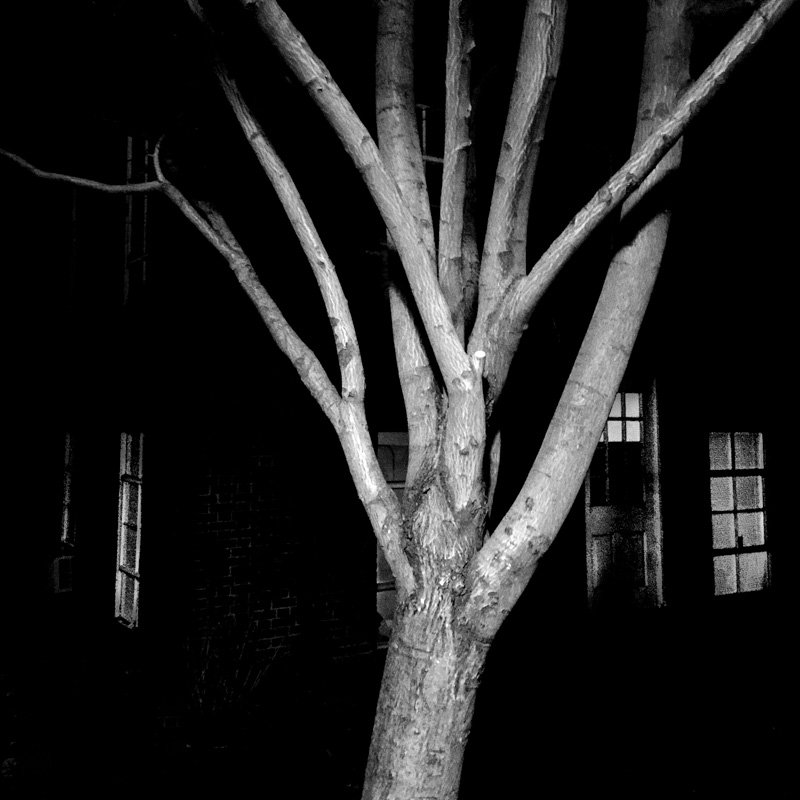Photography
Sariñana has exhibited his work nationally and internationally, including at the Aperture Gallery, FOCUS photo l.a., Photoville, and the Griffin Museum of Photography. He has also had solo exhibitions for his series, Prosopagnosia, and Image of Structure.
He has received accolades from the Sony World Photography Awards, Photolucida Critical Mass, and Latin American Fotografía, Sariñana’s photographic work has been featured by Apple and published widely in periodicals such as Black & White Magazine, Silvershotz, and PDN Magazine.
He has written articles on the intersection of photography, neuroscience, and memory for PetaPixel and has given lectures on these topics at Trinity College in Dublin, Northeastern University, and Flashpoint Boston.
The Council for the Arts at MIT has awarded Sariñana grants for photographic projects bridging the arts and sciences. He is also the recipient of the Mass Cultural Council arts grant, Cambridge Arts Council arts grant, and the Somerville Arts Council City arts grant.
Image of Structure
The Stata Center at the Massachusetts Institute of Technology is a monumental building, saturated with colors, that juts out in every direction. By capturing the structure in monochrome, I deconstructed this architectural work, flattened it, and transformed it into a graphical form. My aim is to pull the viewer into a surreal, disembodied space, without completely breaking from rational observation. This work was born out of a radical shift in my perception and emotion as I conducted my neuroscientific research at the Institute, where I had a direct view of the Stata Center.
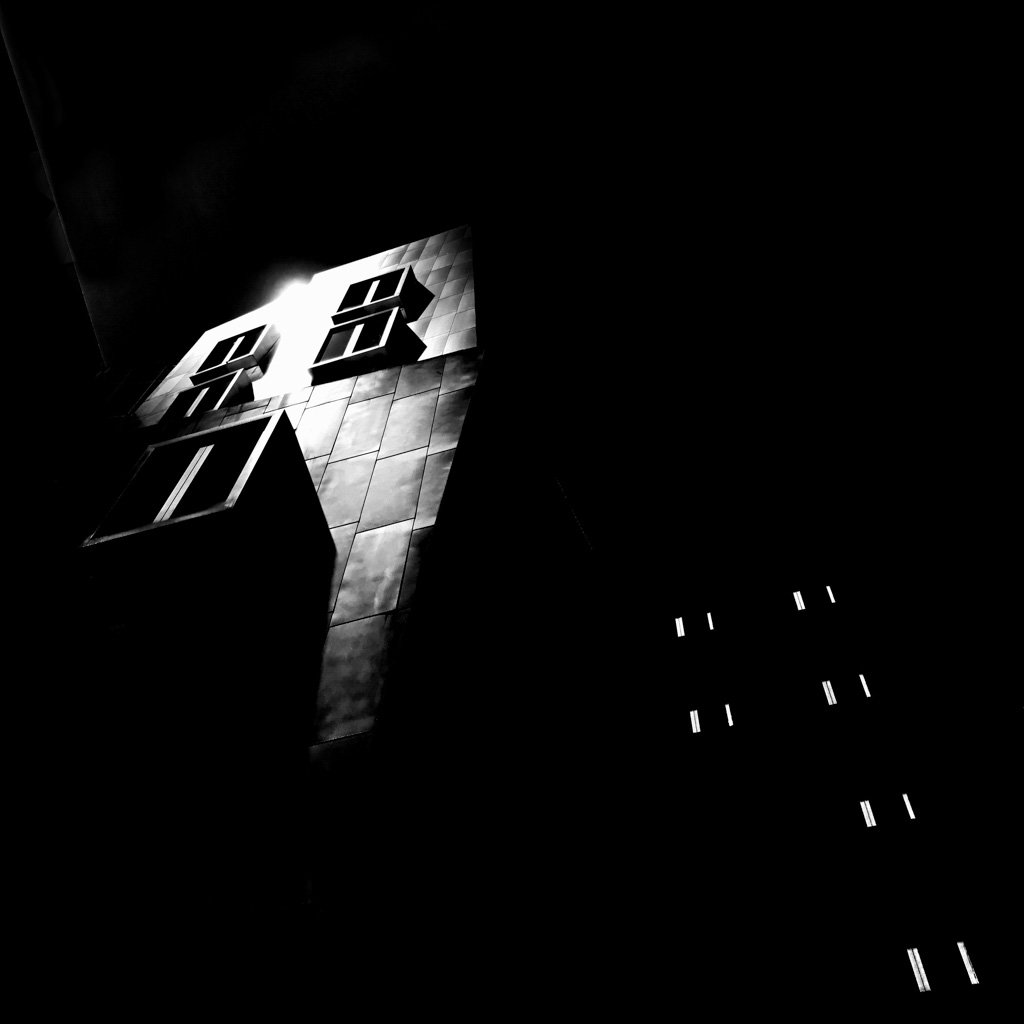
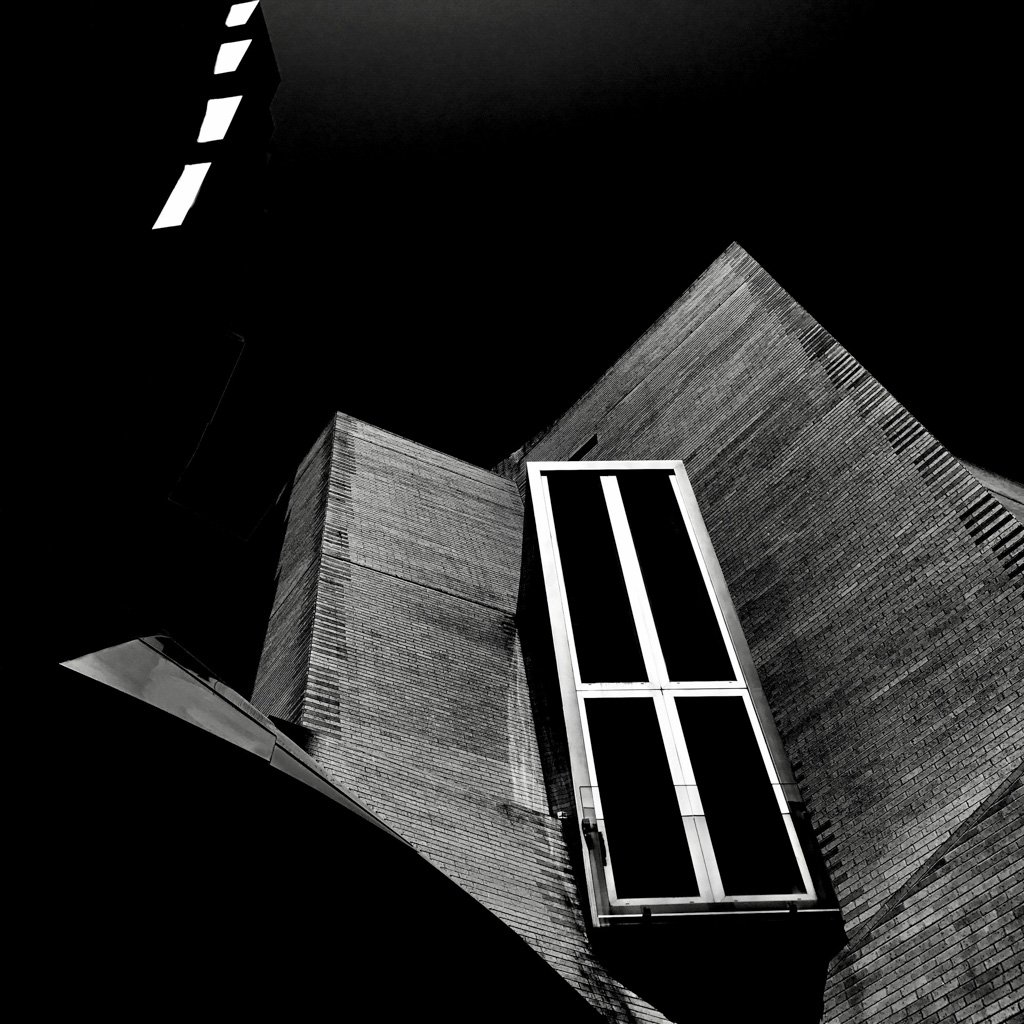

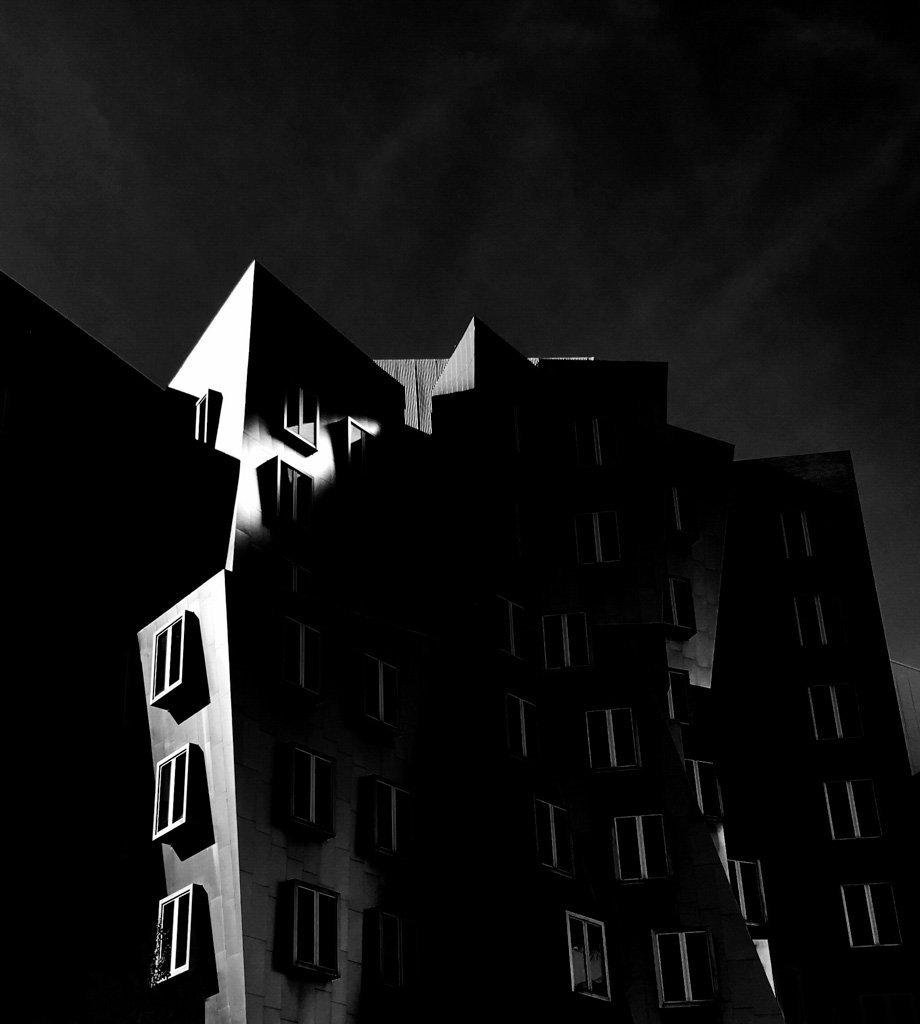
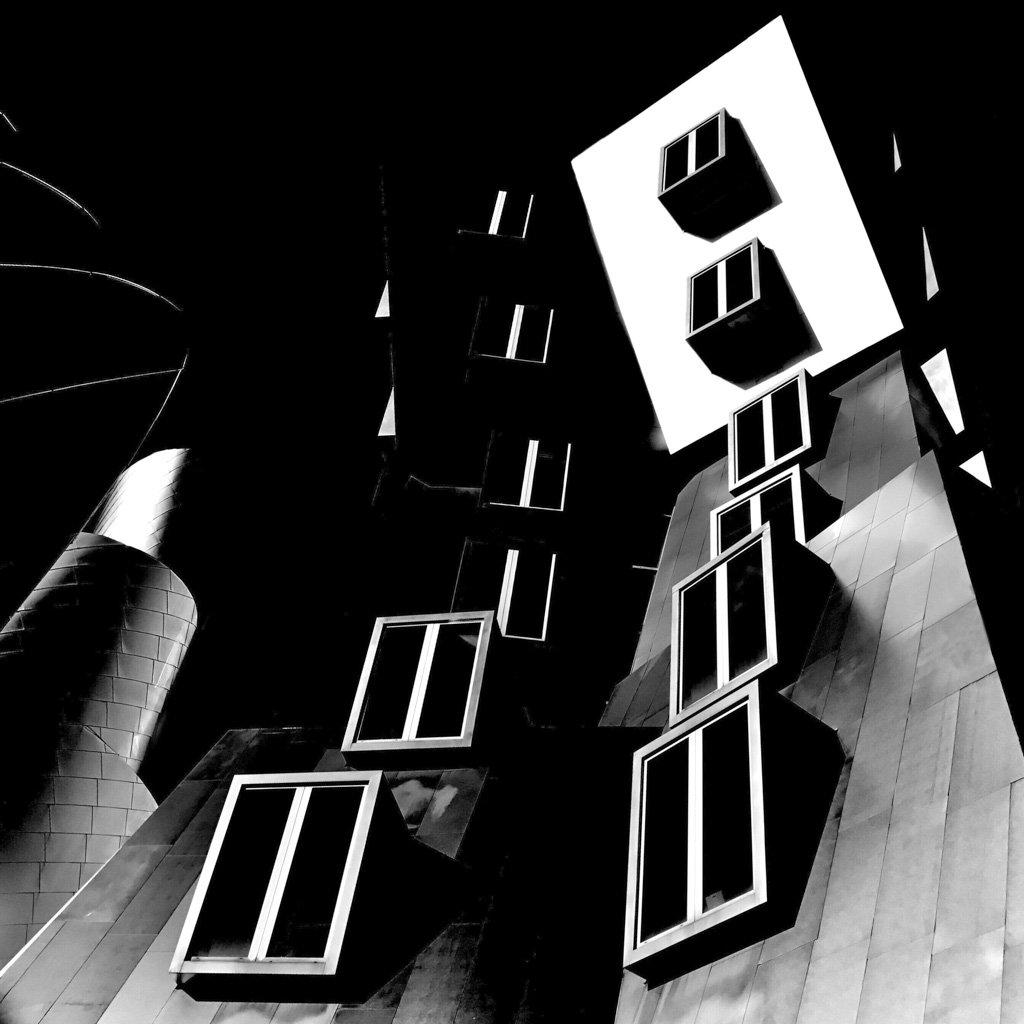
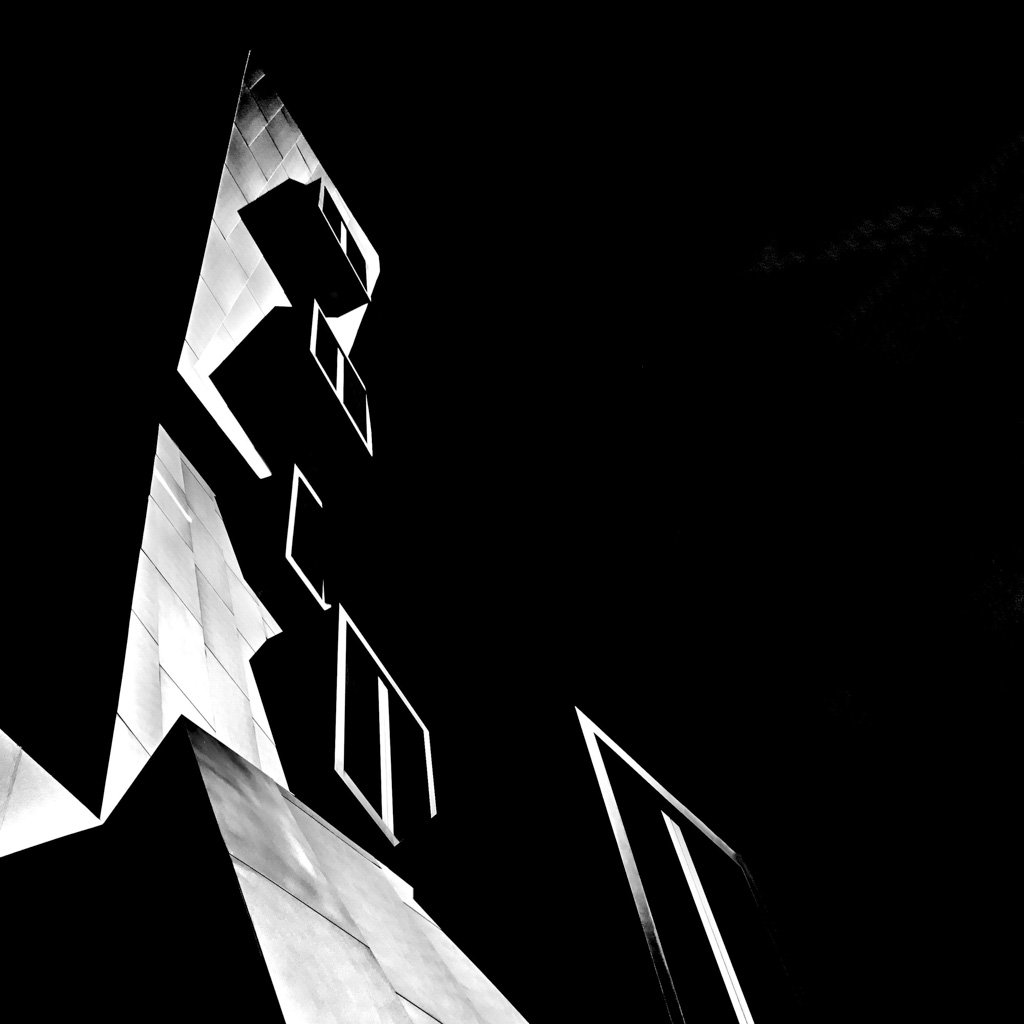
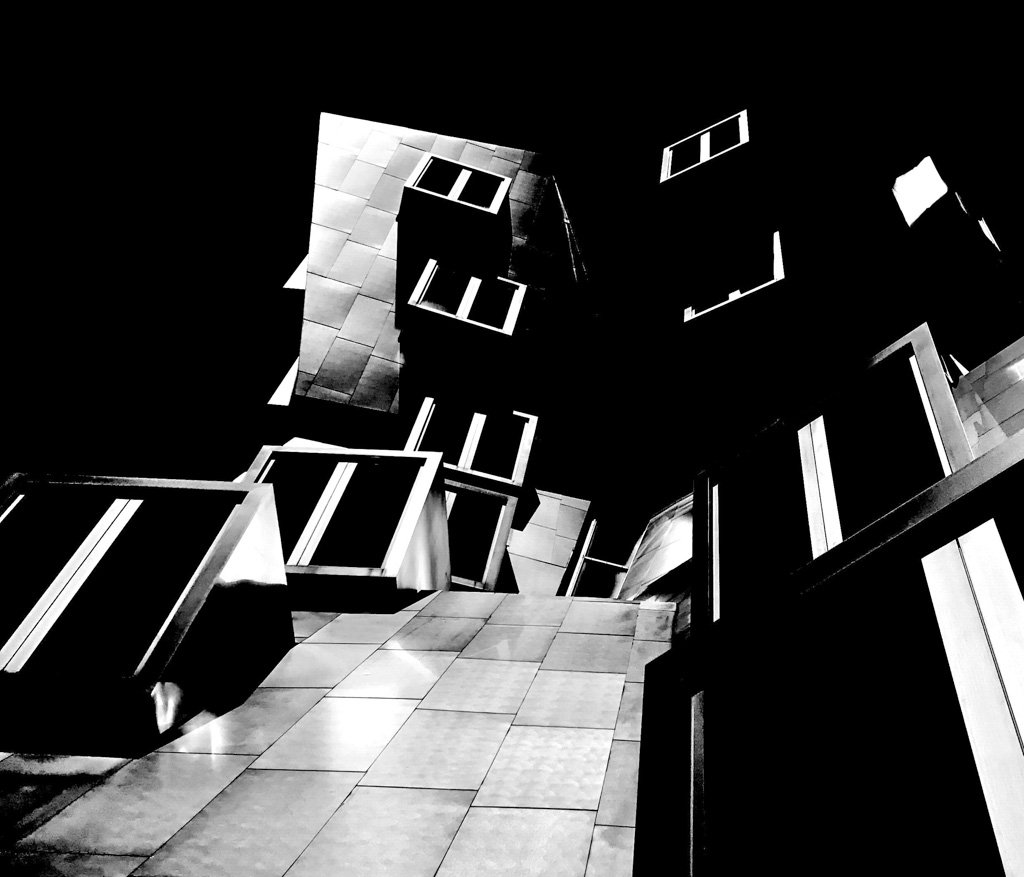
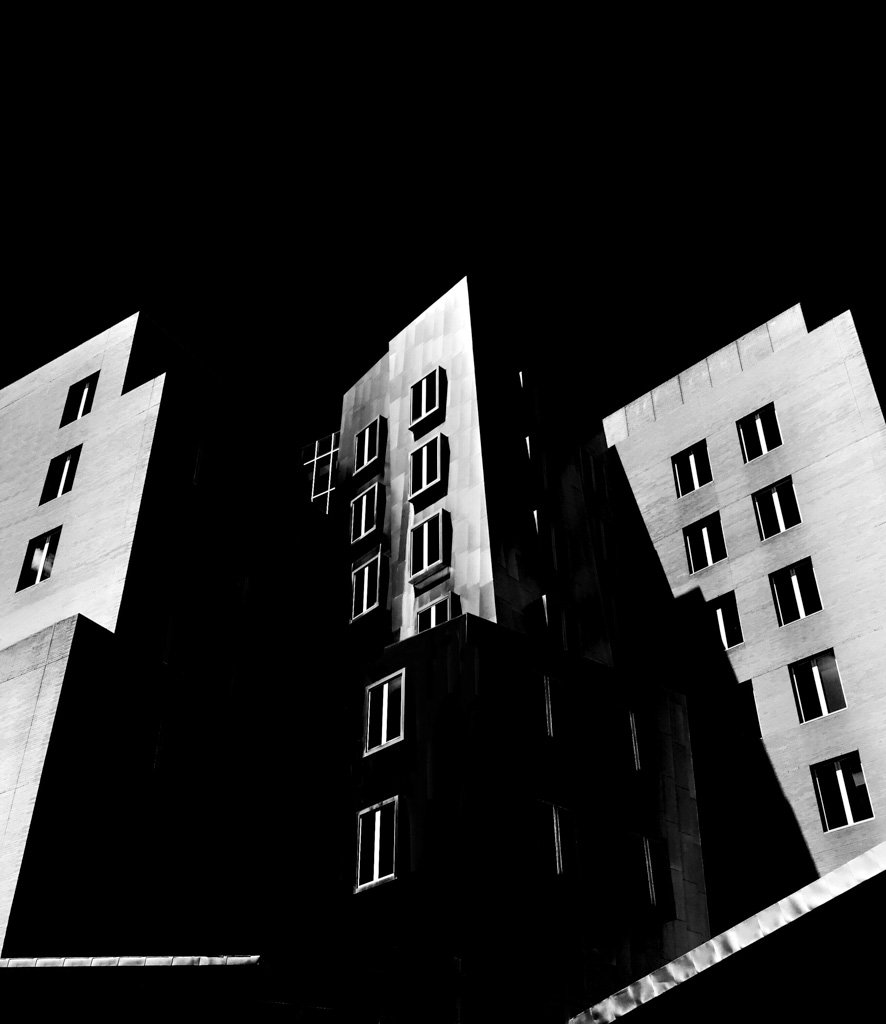
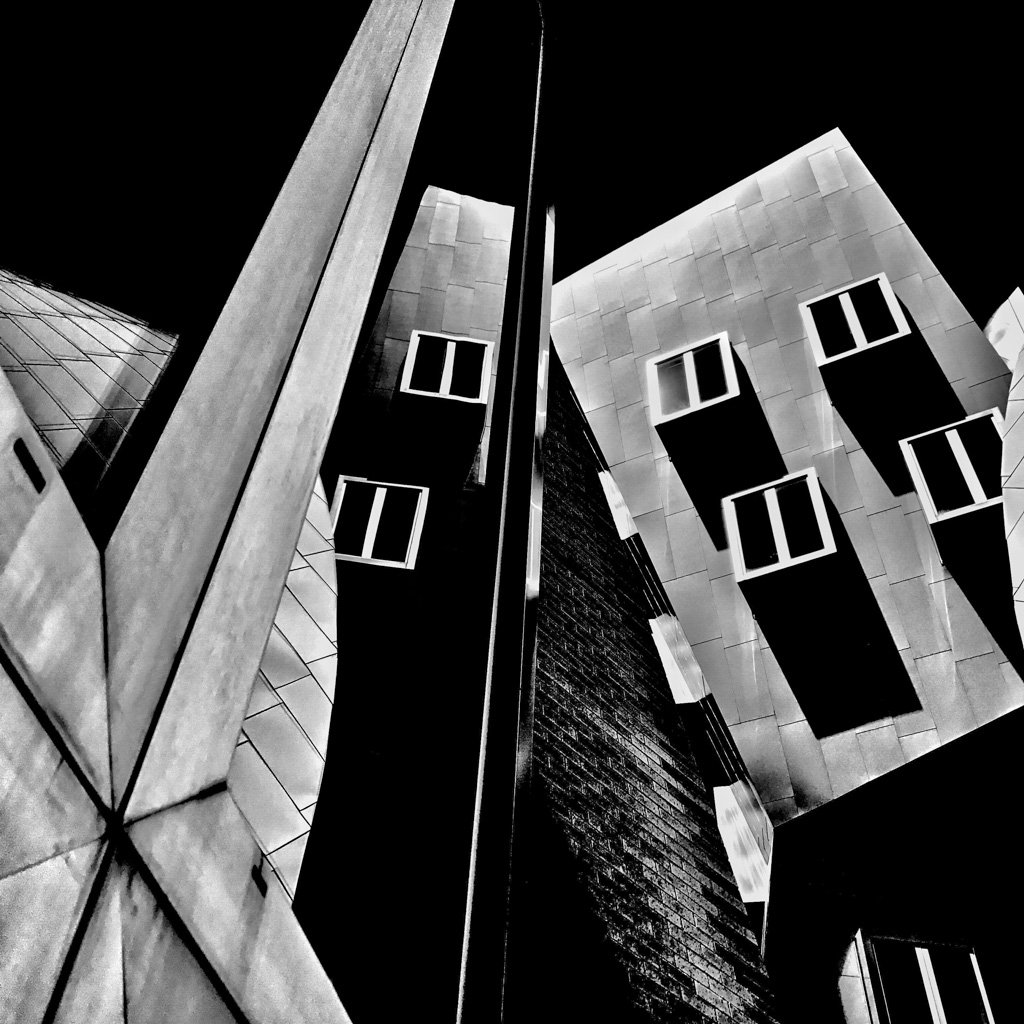
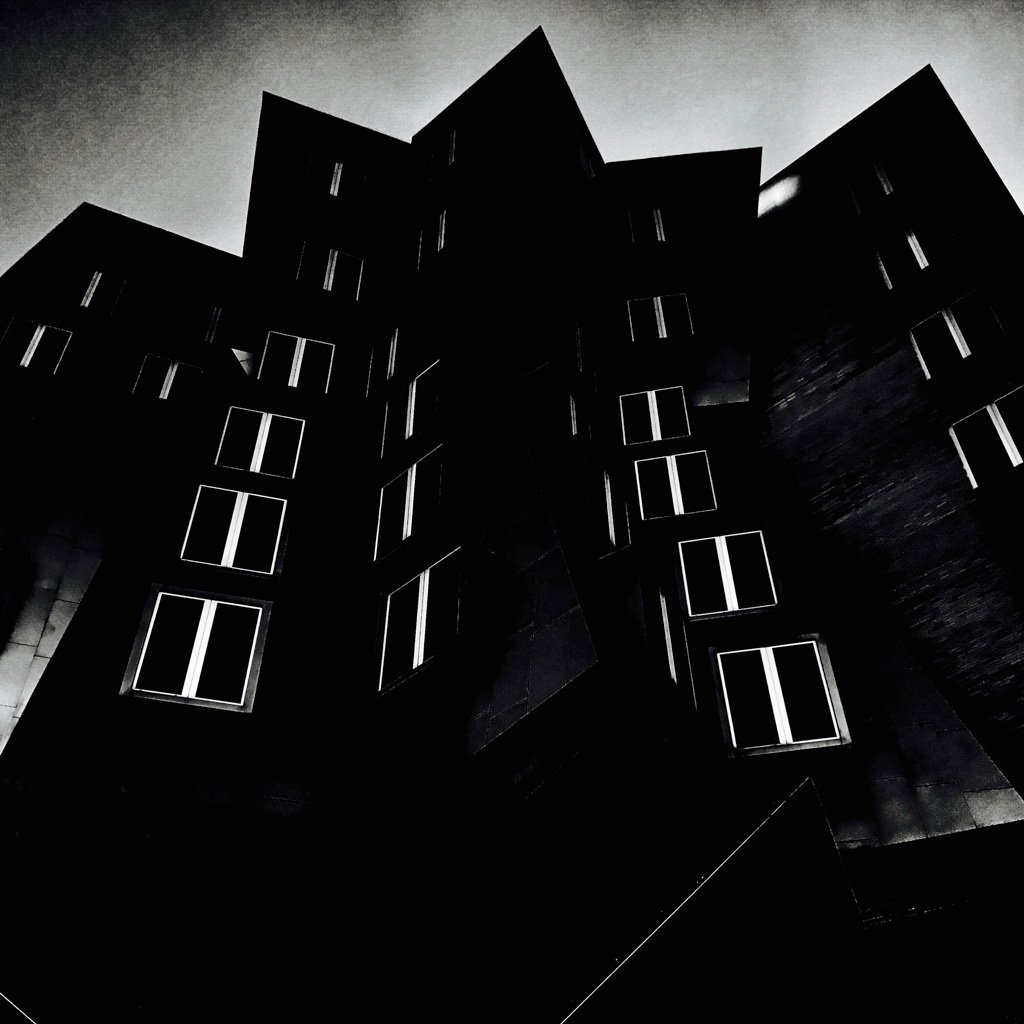
Prosopagnosia
We have two different lives, one while awake, building connections between neurons in the brain, and one while asleep, where we are losing them. The ebb and flow of these connections are seemingly in a desynchronized battle. Photos are thought of as placeholders for memories, but what if, instead, they represent the degradation of a memory that we seek to have but can’t access? These portraits build to, but ultimately lack, the detailed information necessary to find whom I’m looking for. I aim to bring the viewer into my tense dreamscape where I can search, but I fail to see.
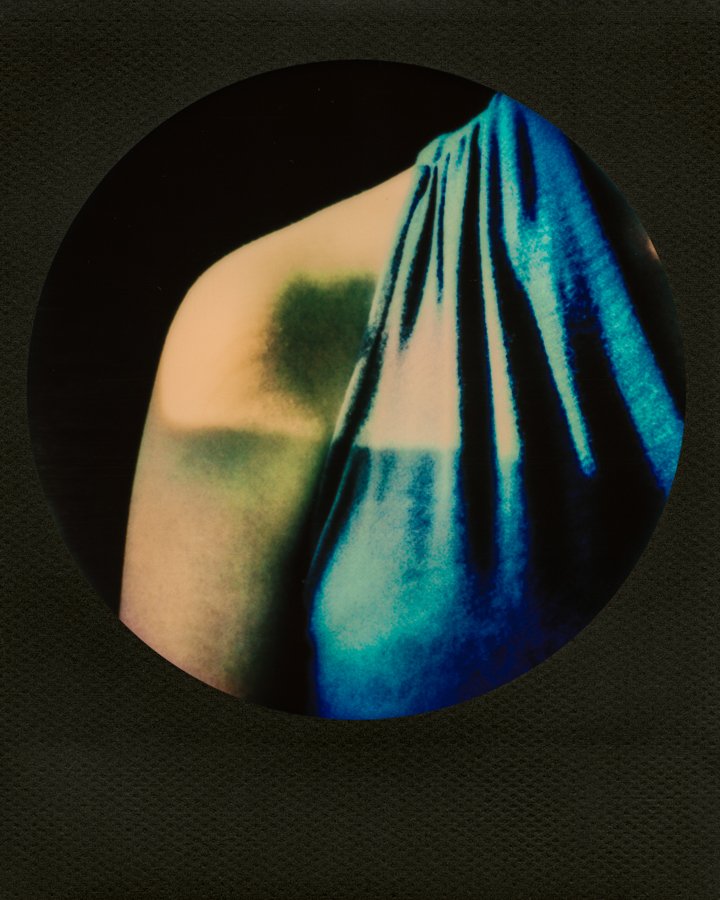

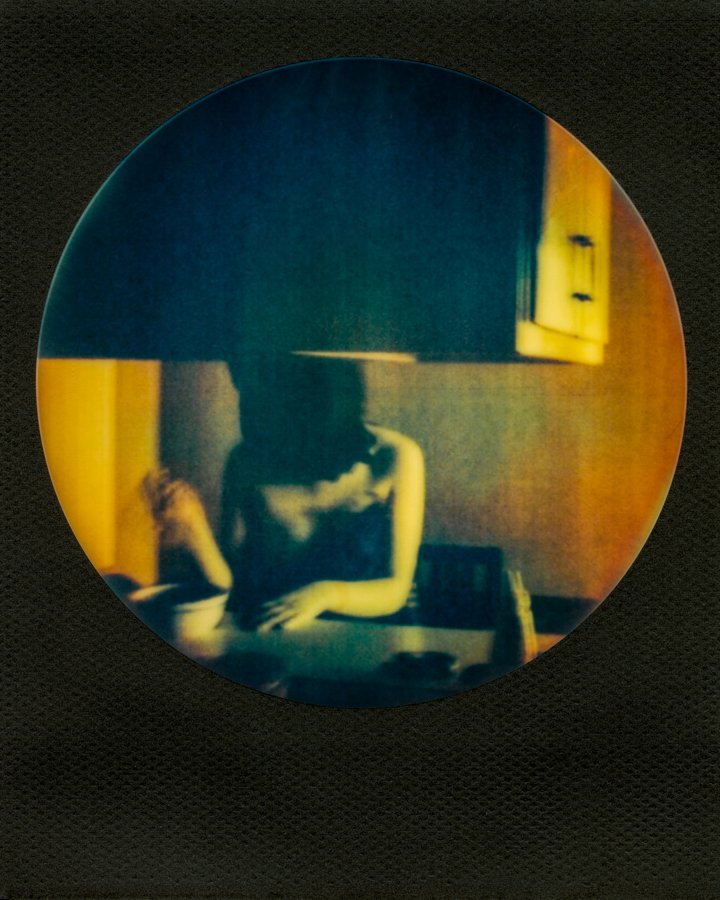
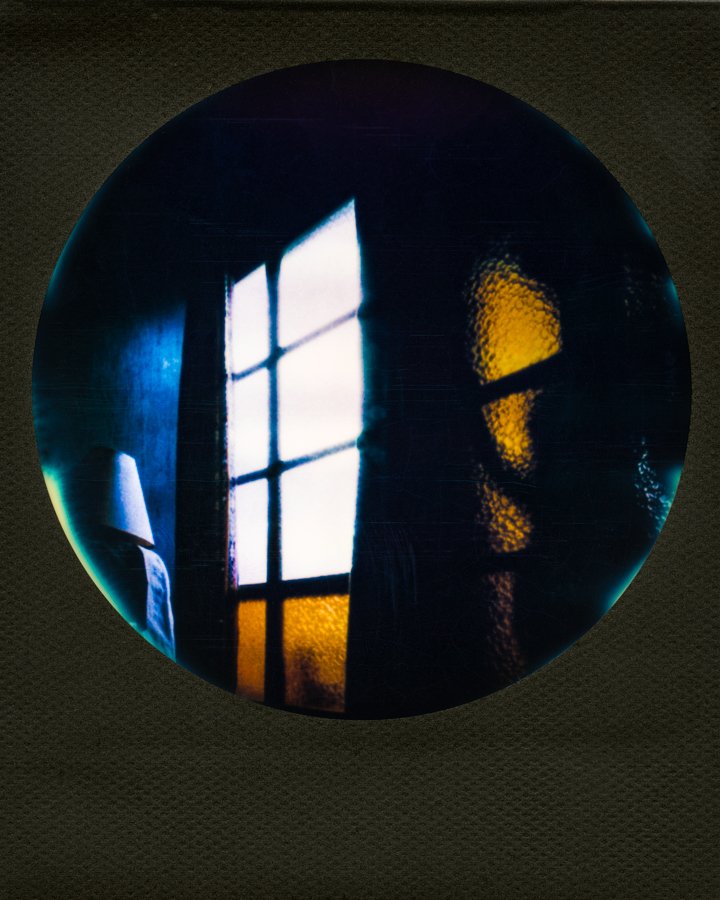
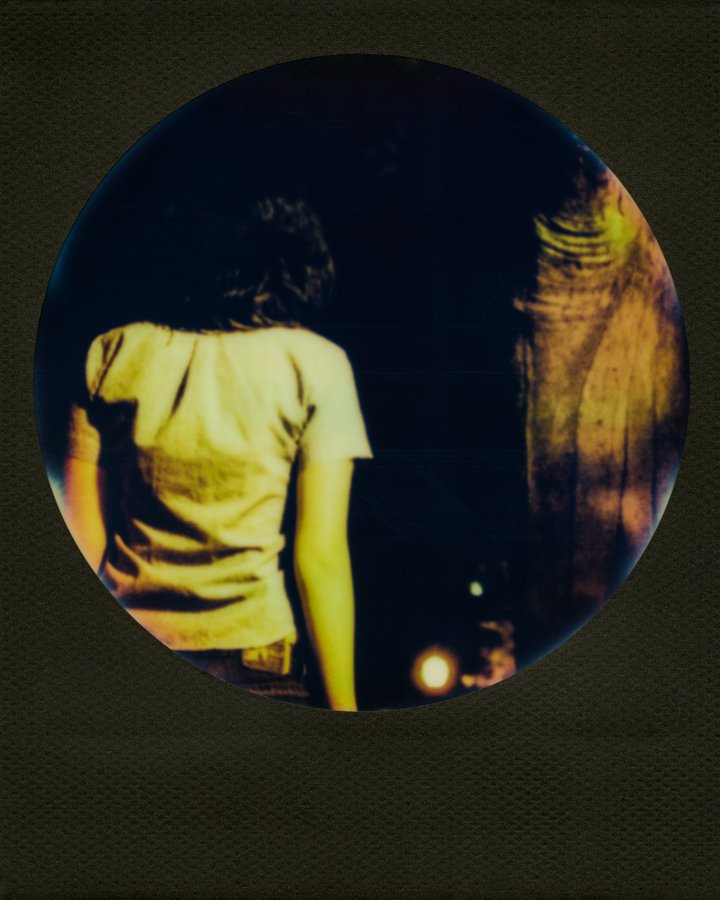
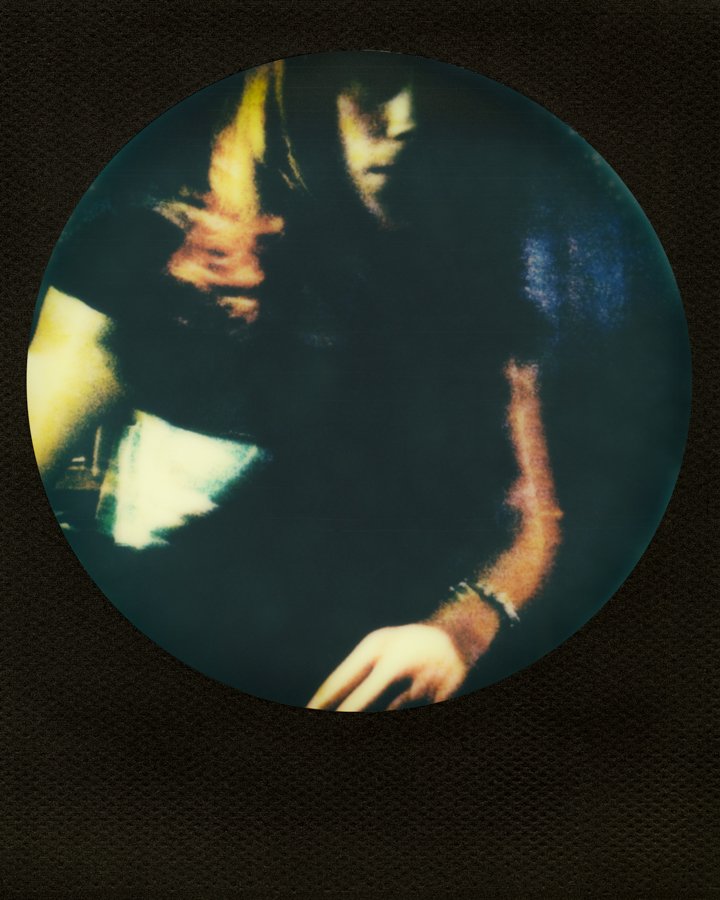
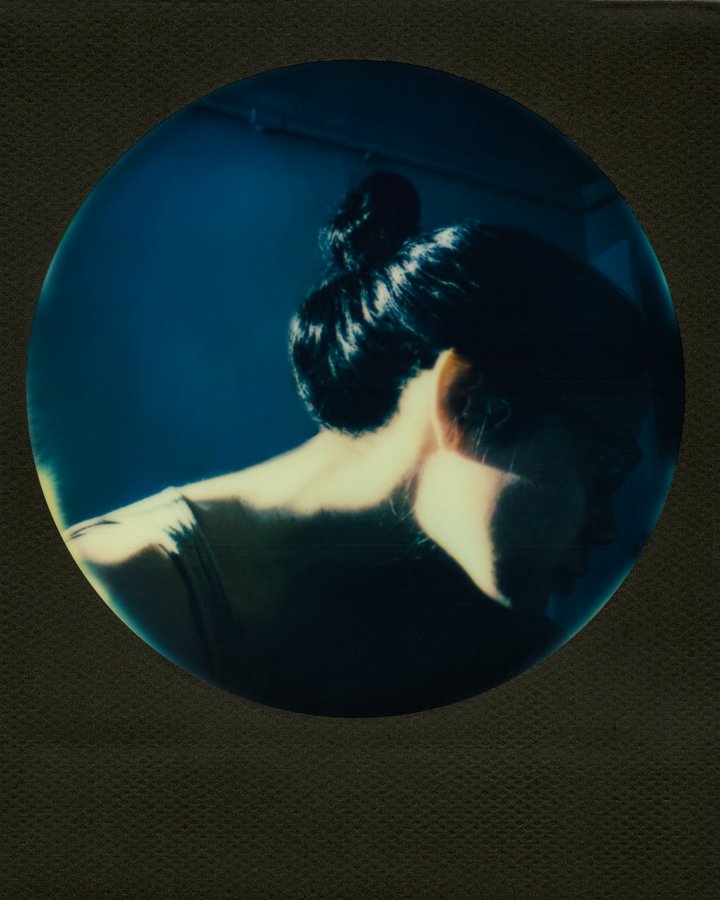
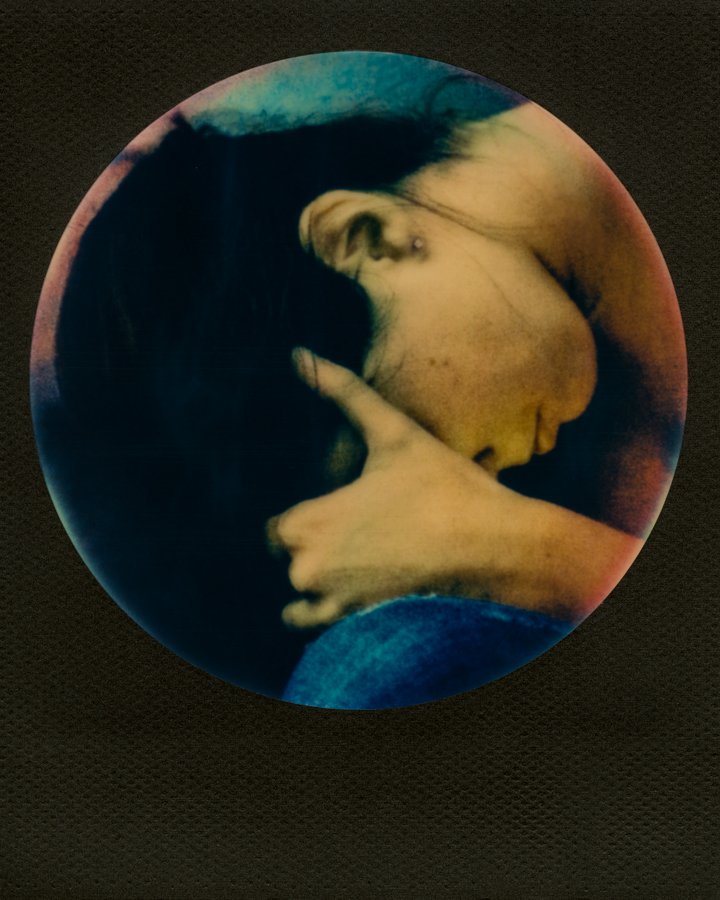
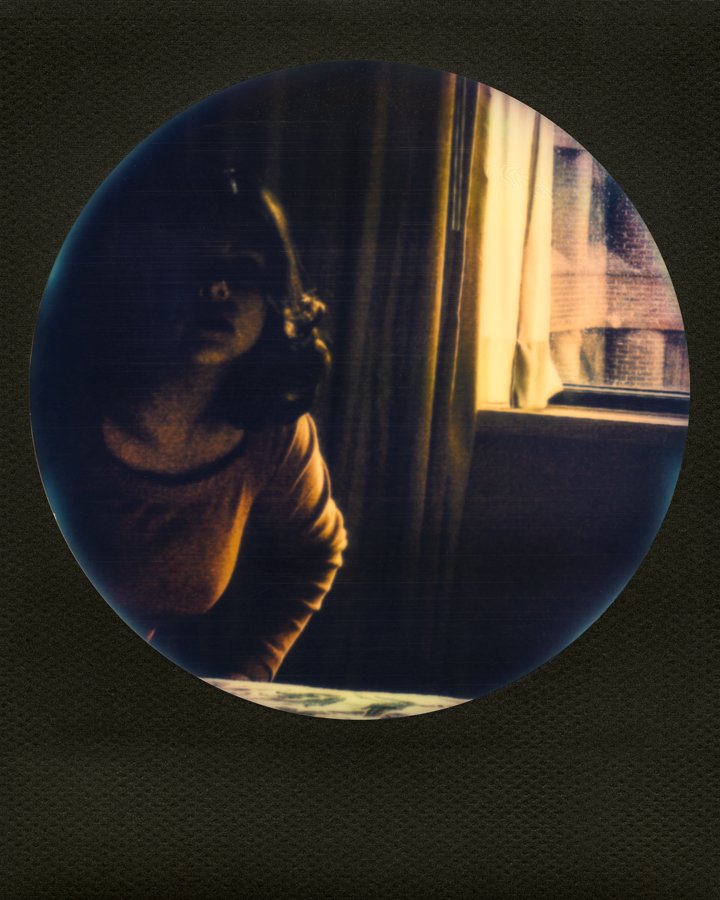
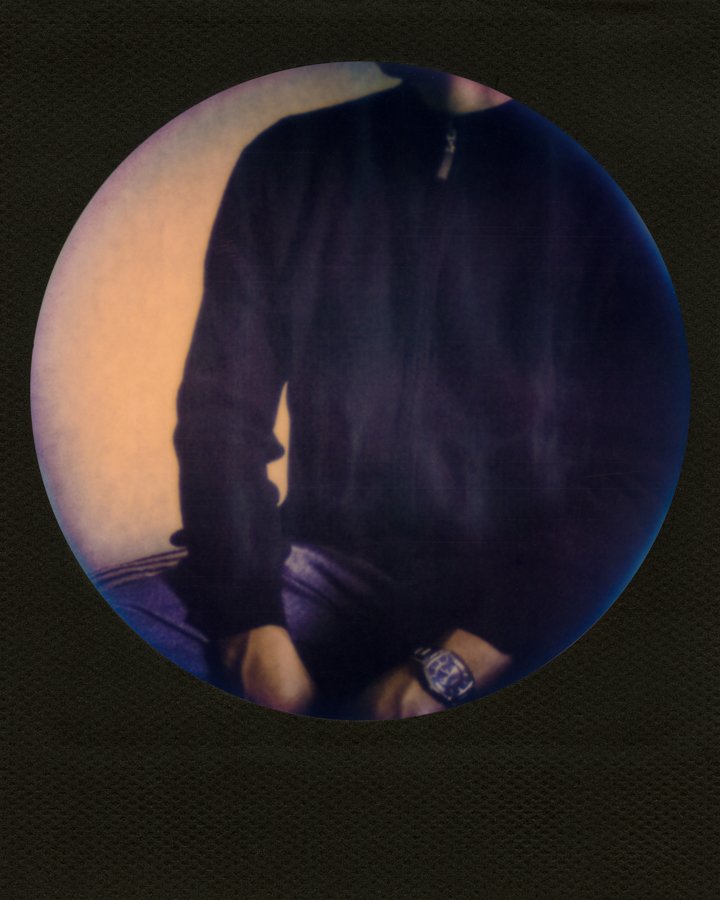
Representation of Hidden Communication
Neuroscience is a pop-culture fixation, but the public knows little about how science is done, who does it, or exactly why it’s essential. One consequence of opaque research is the inability to see those who make new findings, their personal stories, and their motivations to help reveal the complexity of the nature we are imbued by. The opaqueness of the positive (left) represents the raw data collected by scientists on their quest to understand the brain. The inverted negative (right) represents how scientists reveal the mind by filtering data, beautifying imagery, and removing unwanted but captured information.
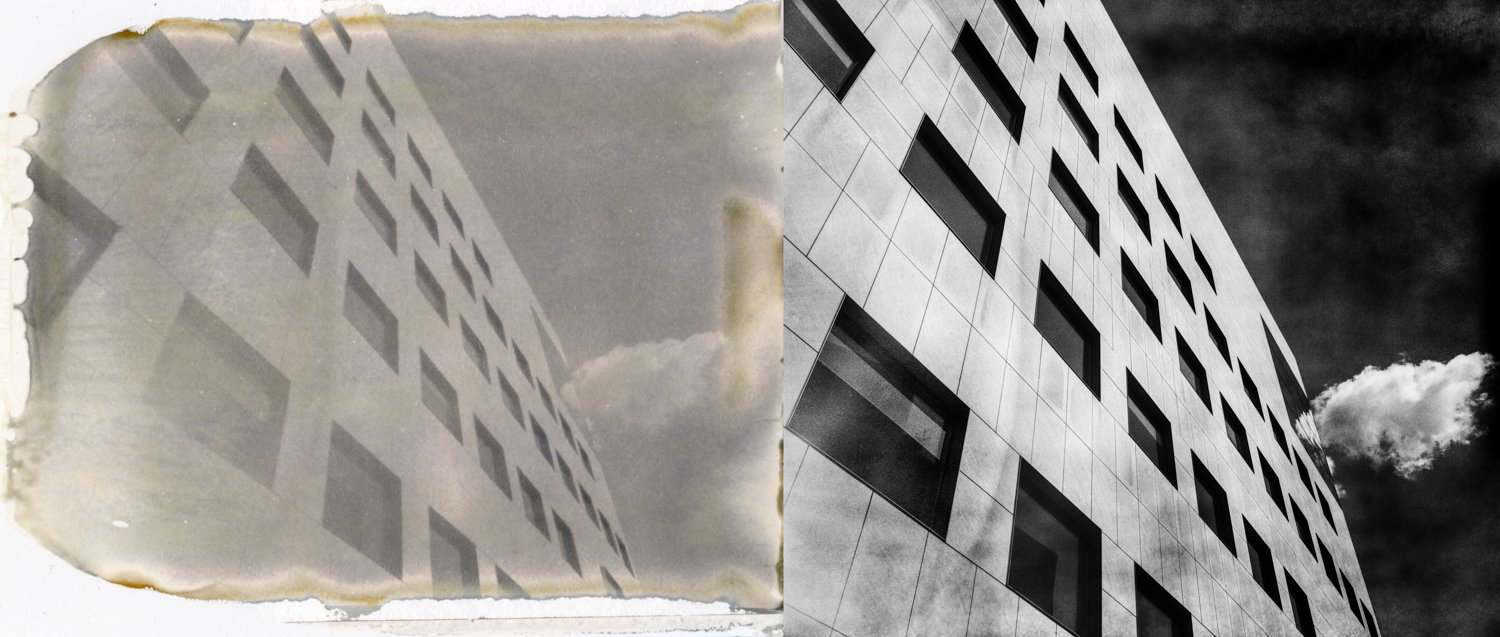
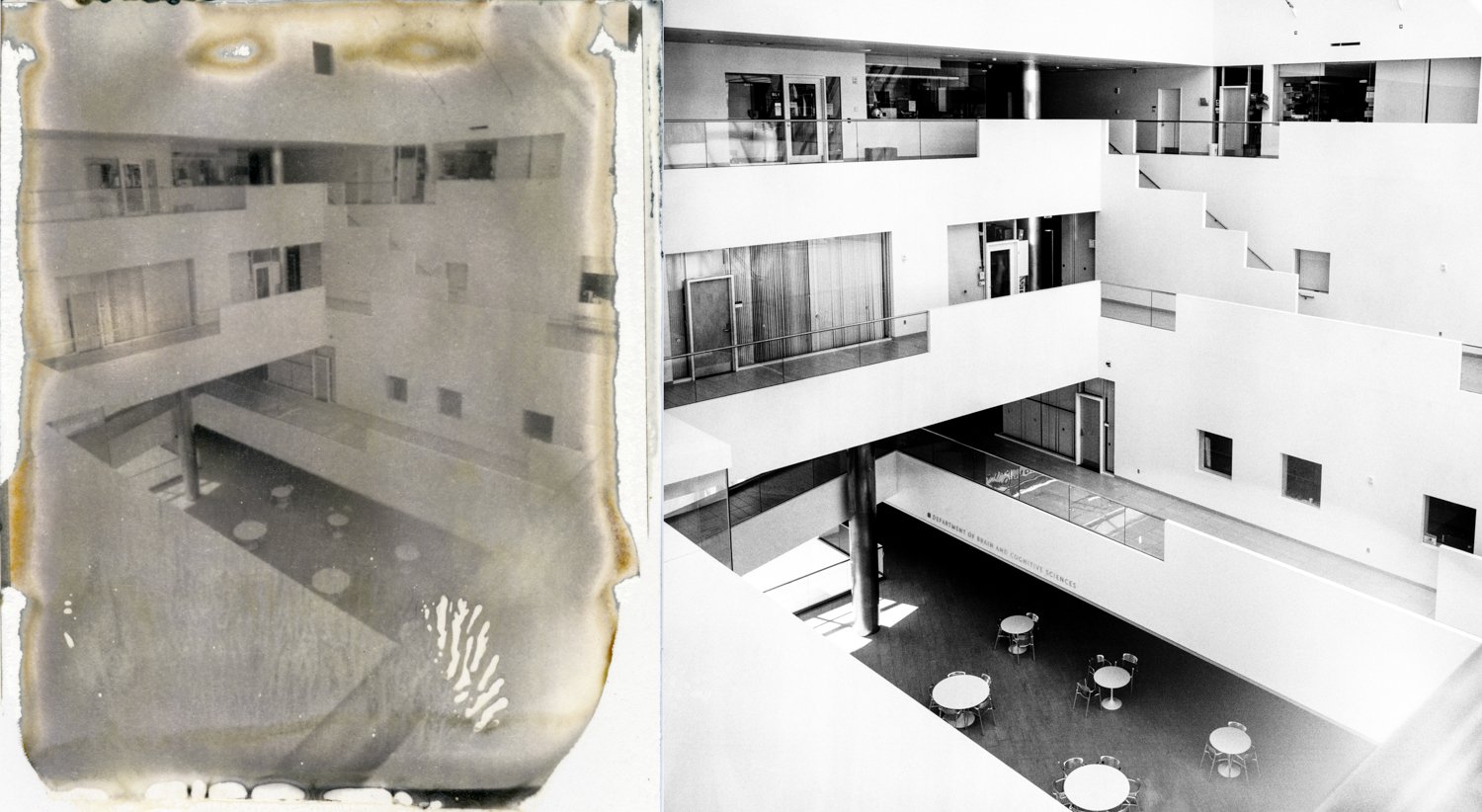
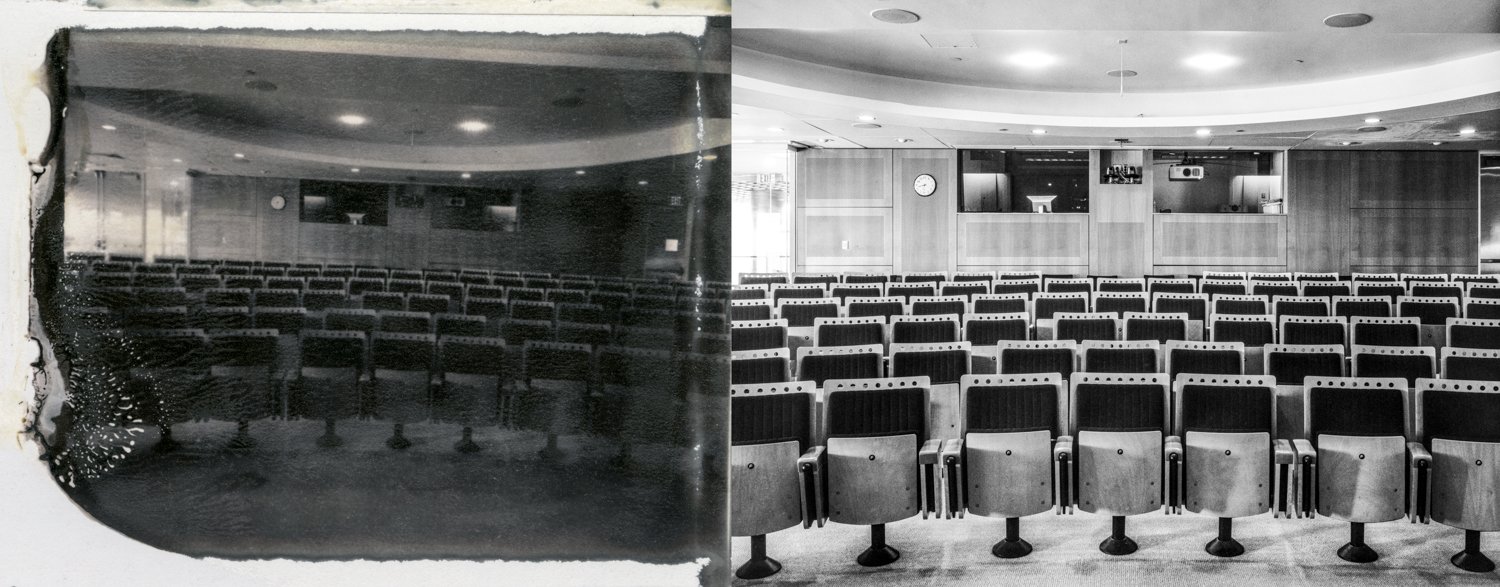
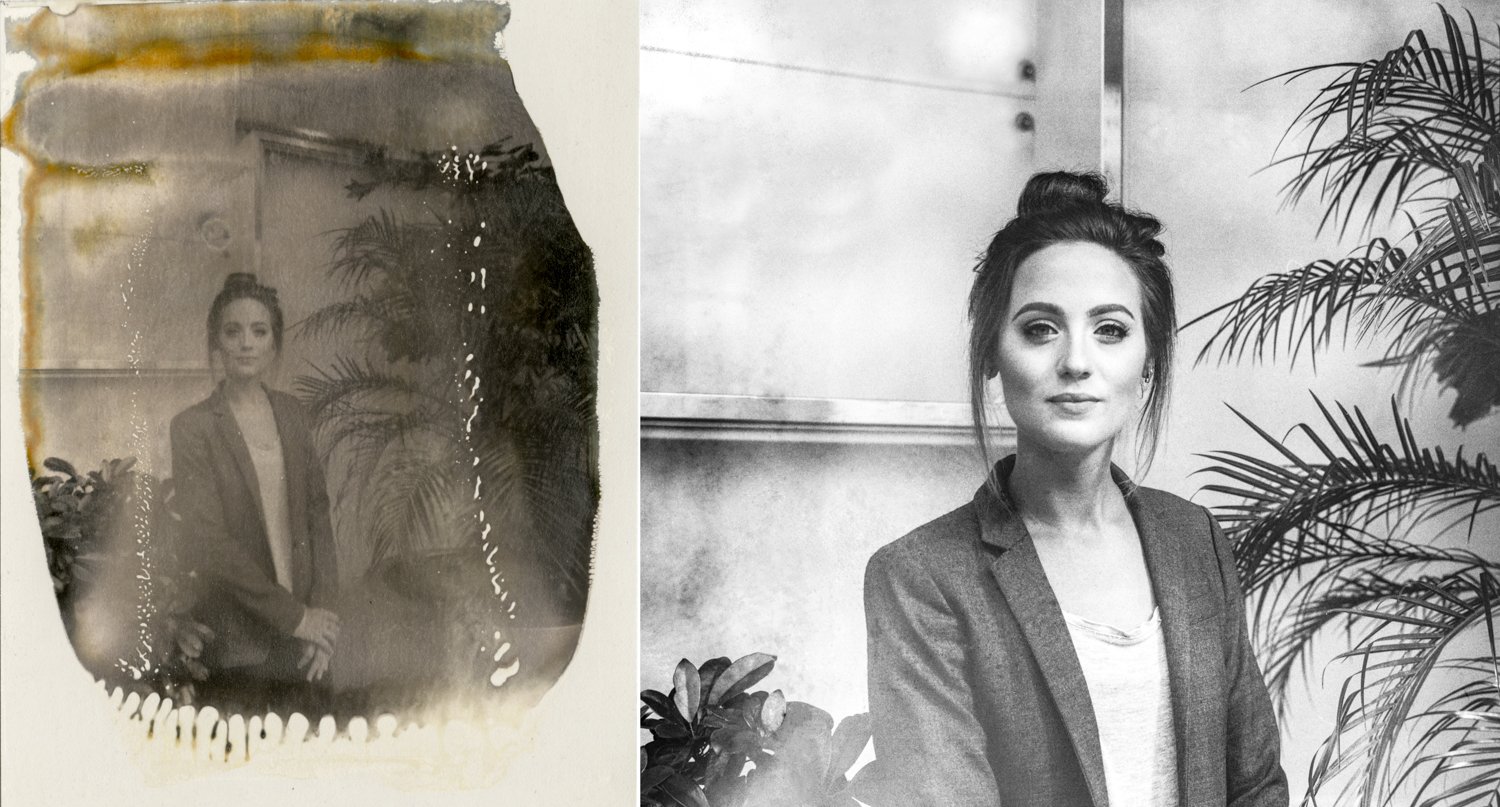
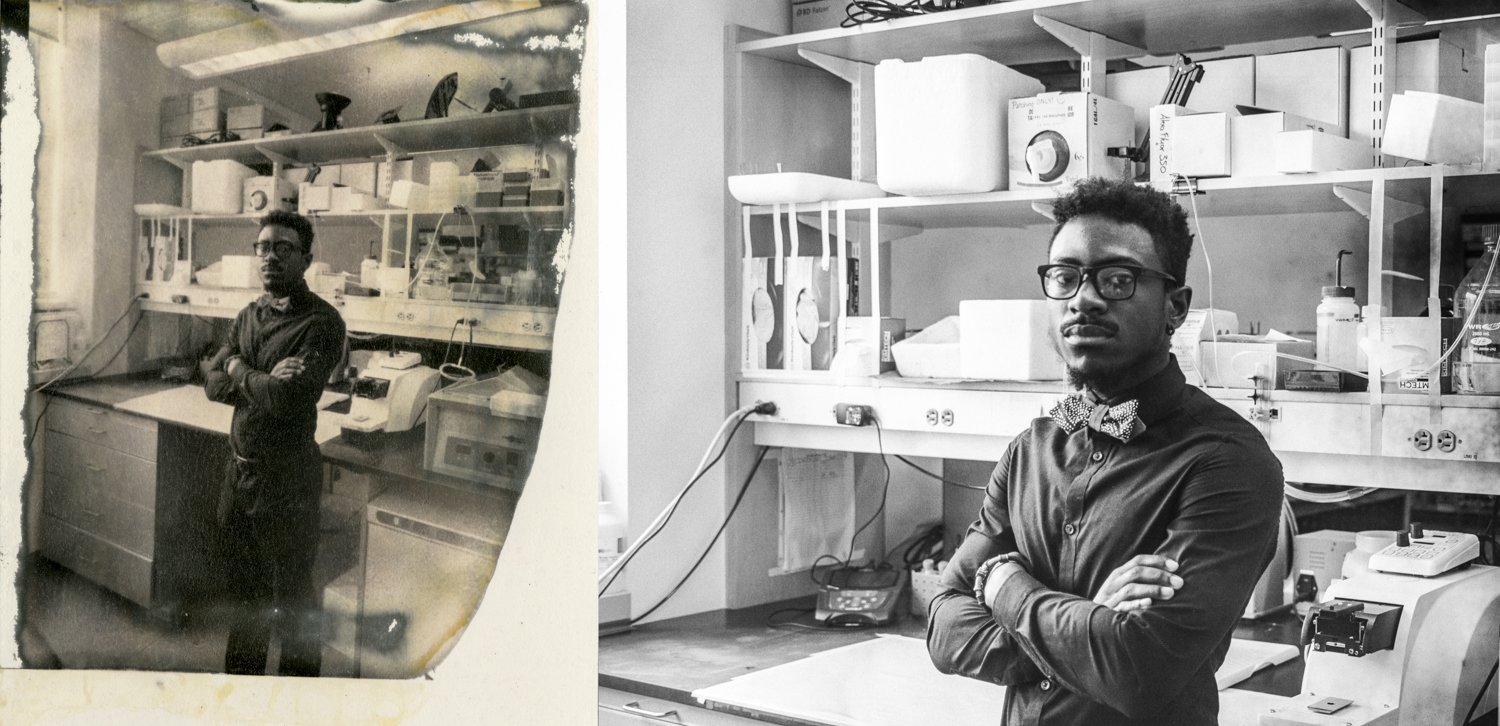
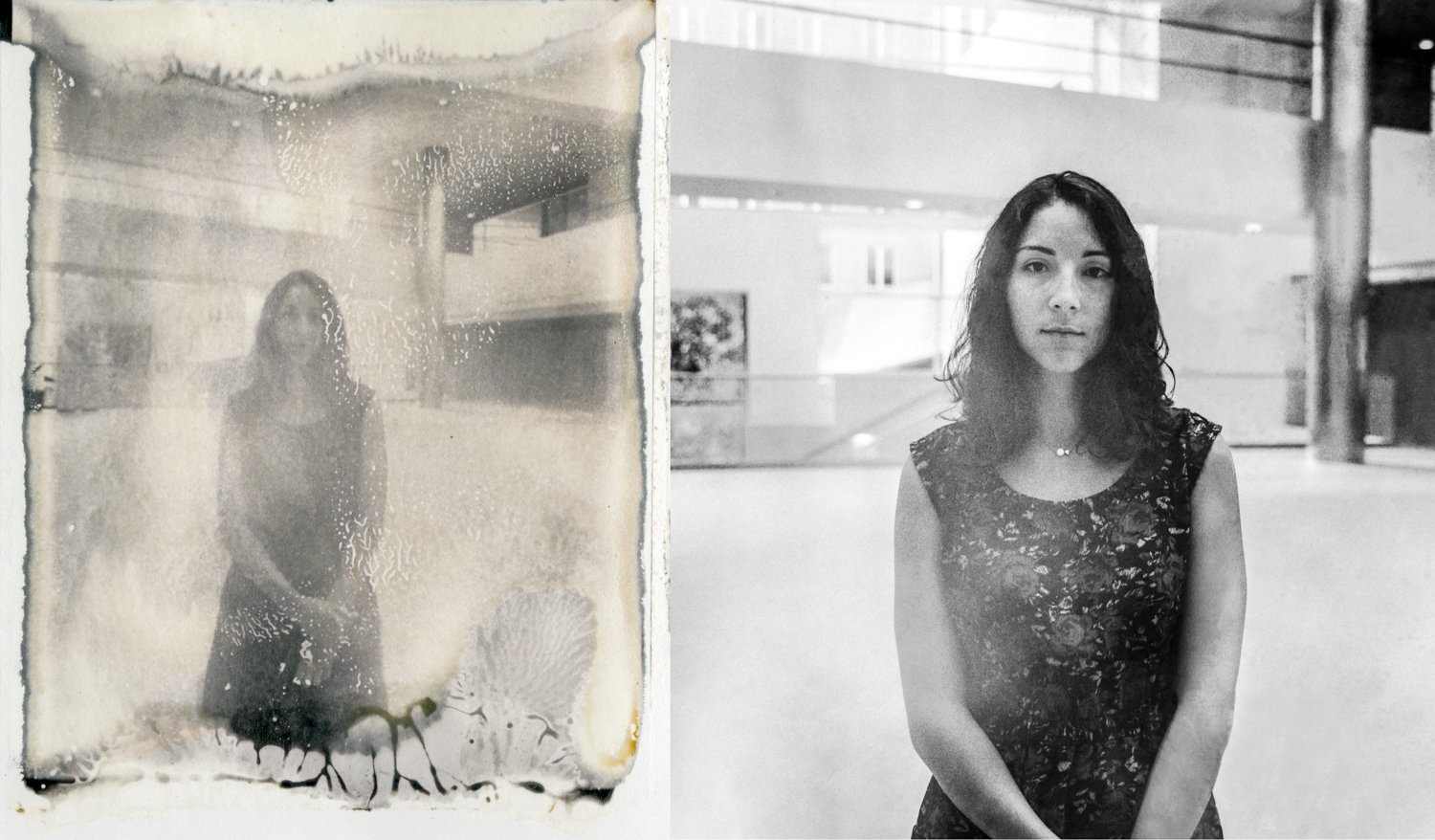
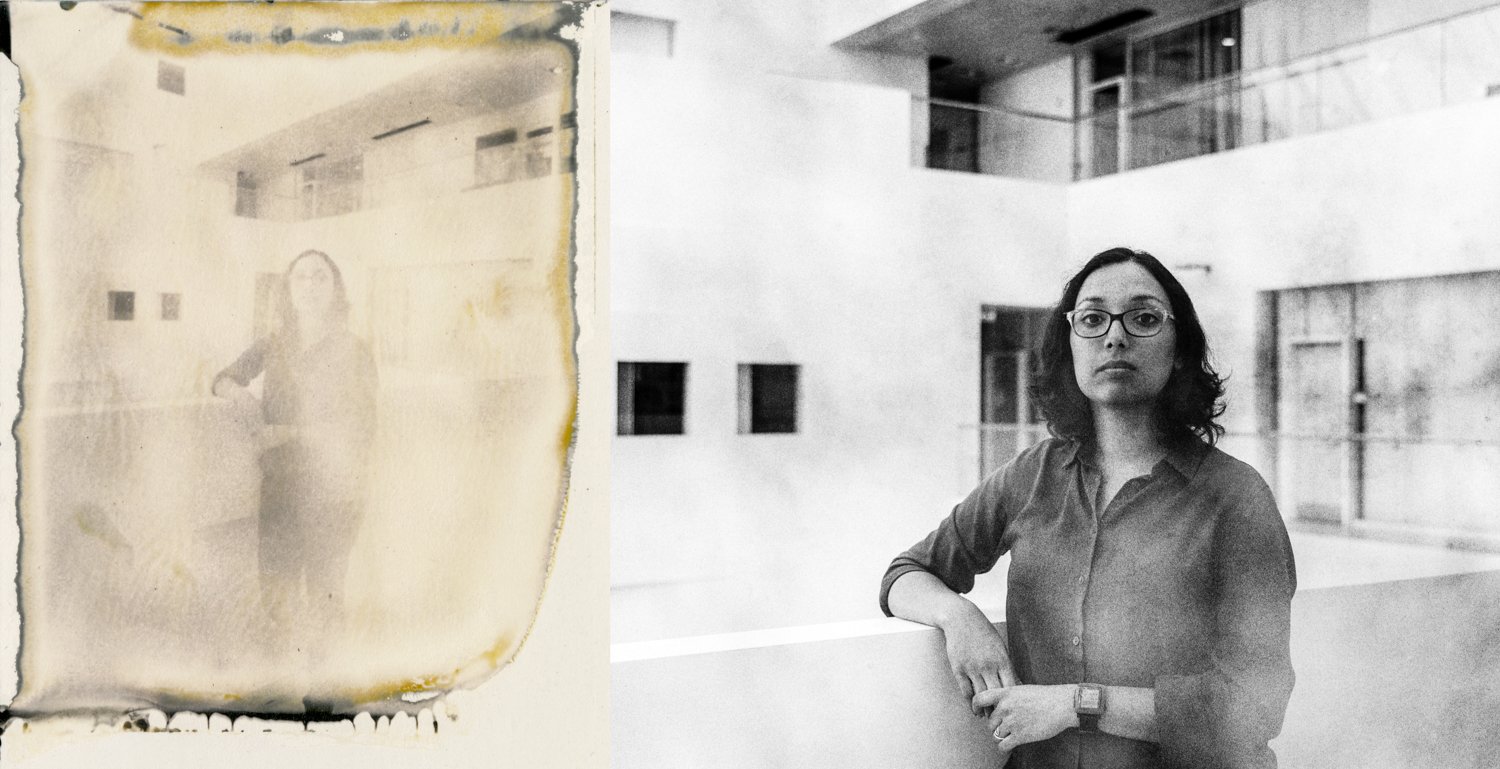
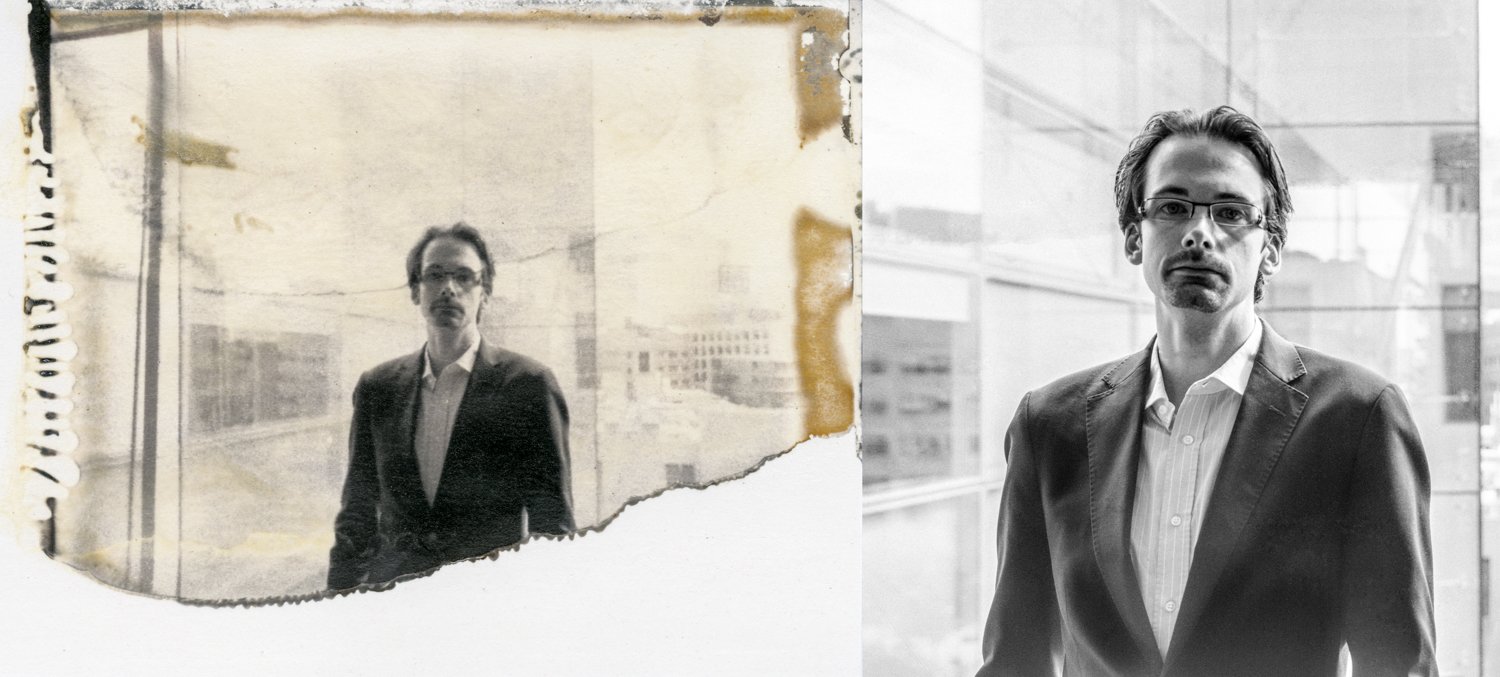
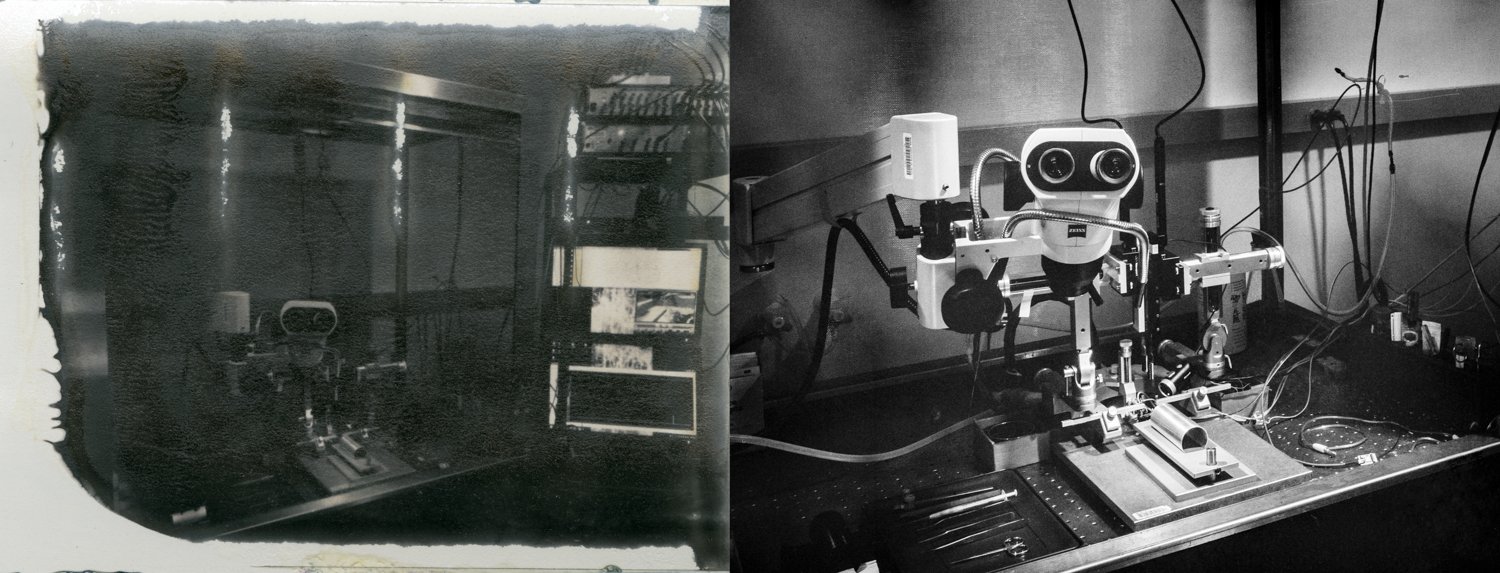
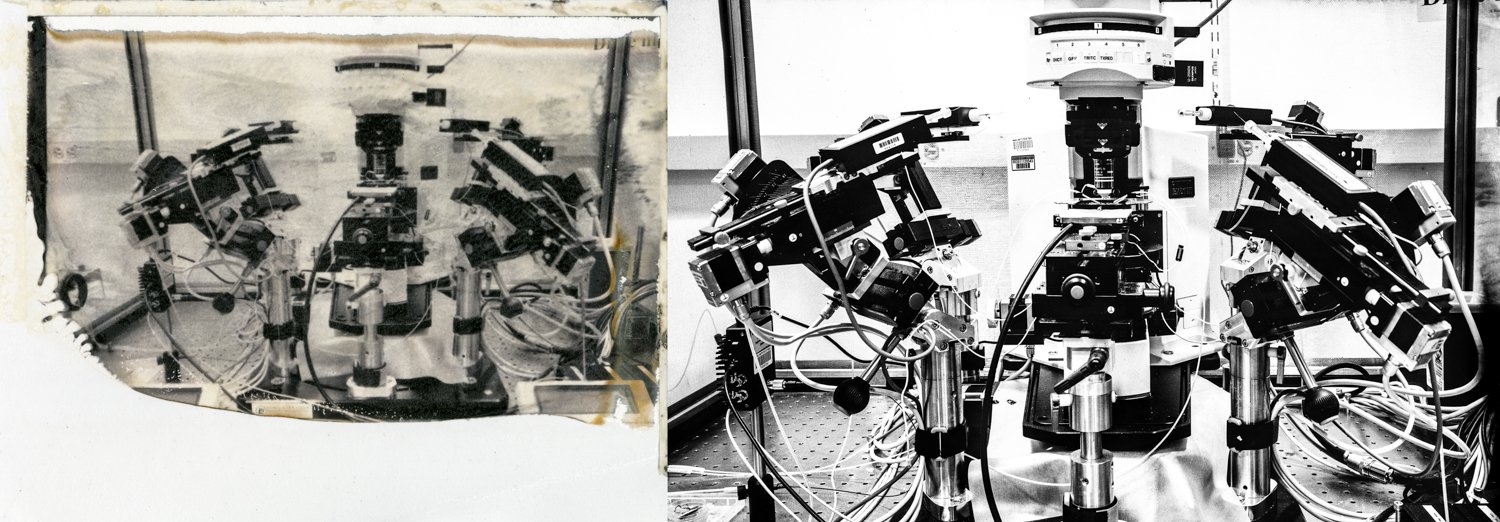
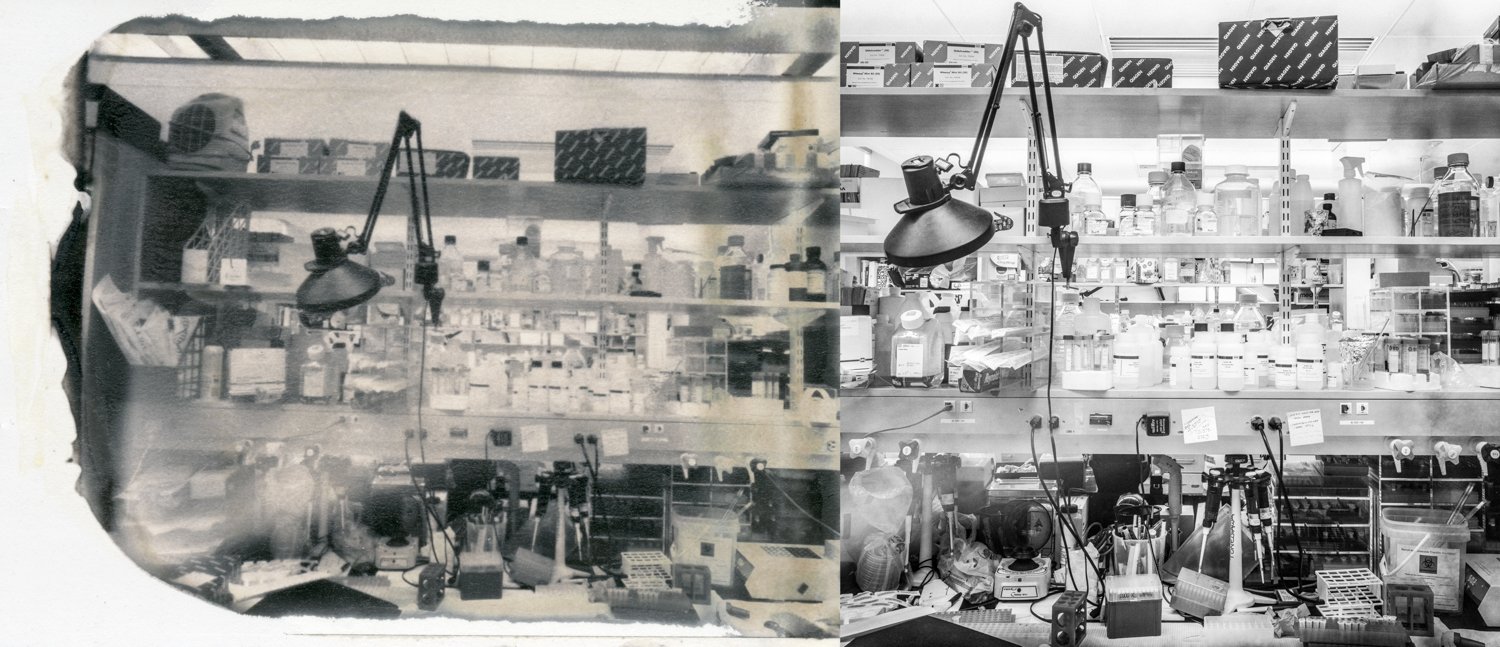
Surface and Consciousness
It can be challenging to find beauty in urban environments. This series speaks to the need to escape city life's sensory and psychological confines. These images are reflections from pools of water that have gathered atop of concrete or asphalt, which contrasts the abrasiveness of industrialization and the tranquility of nature.
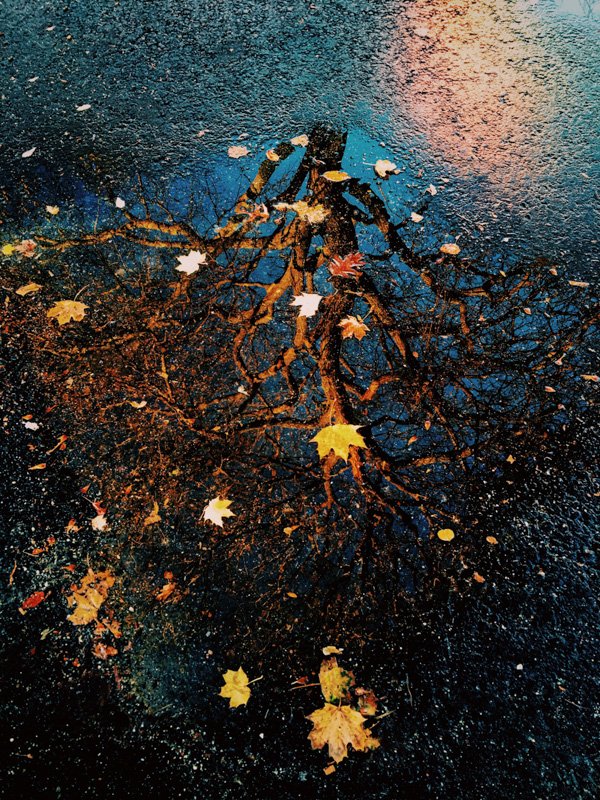
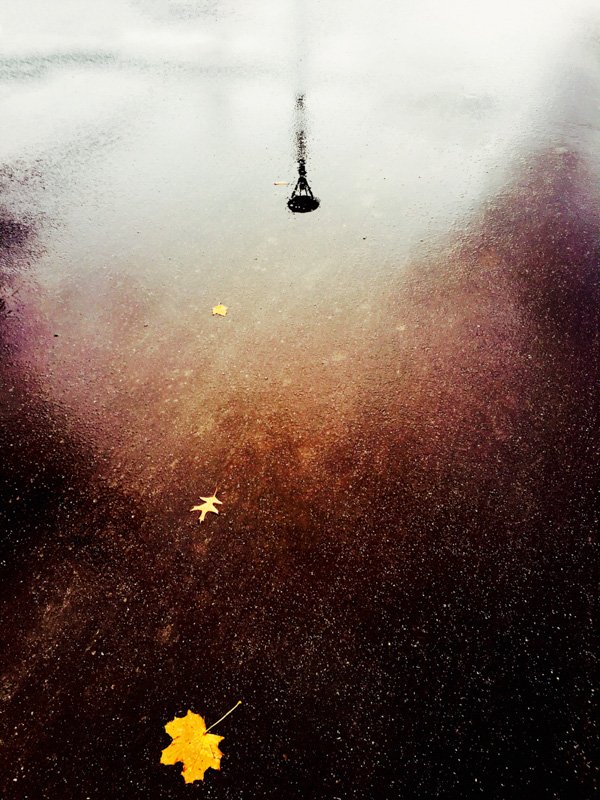
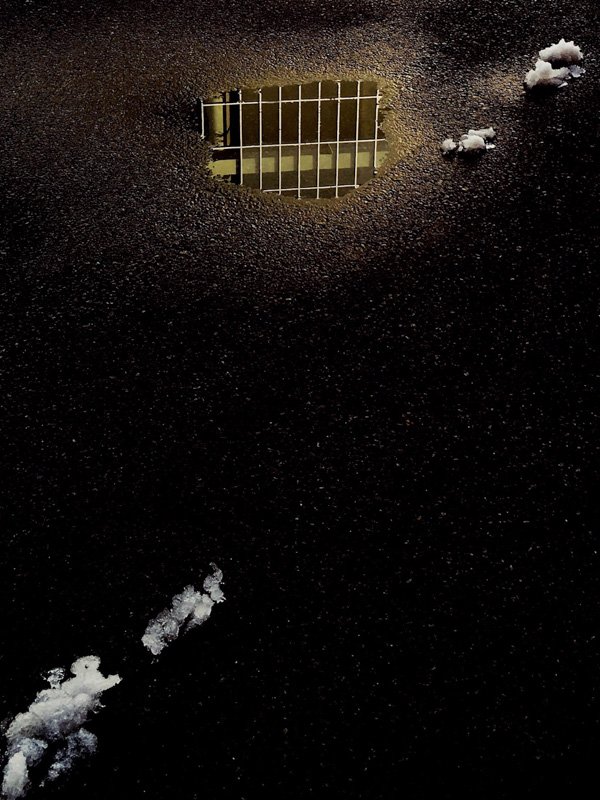
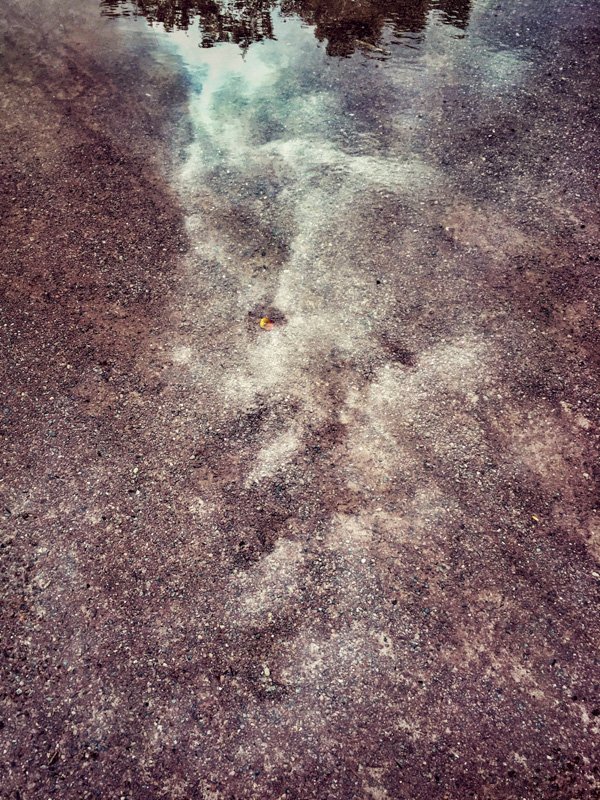
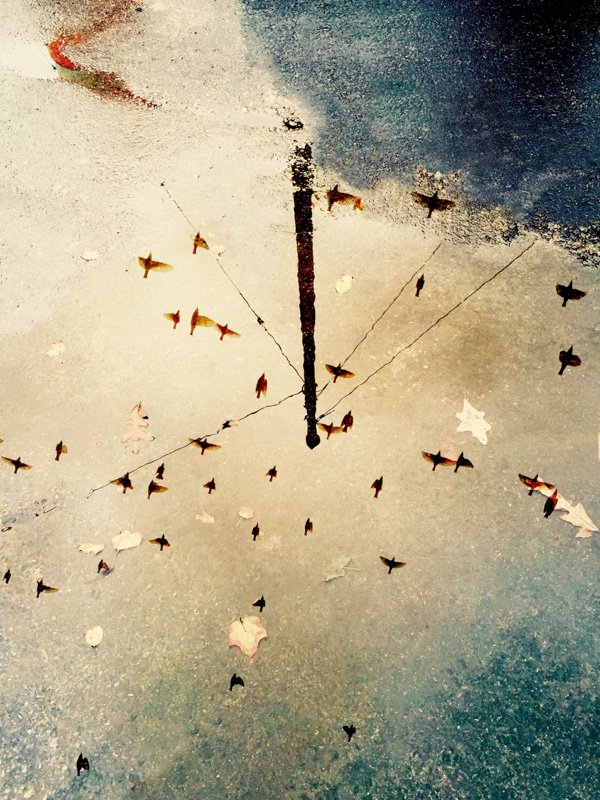
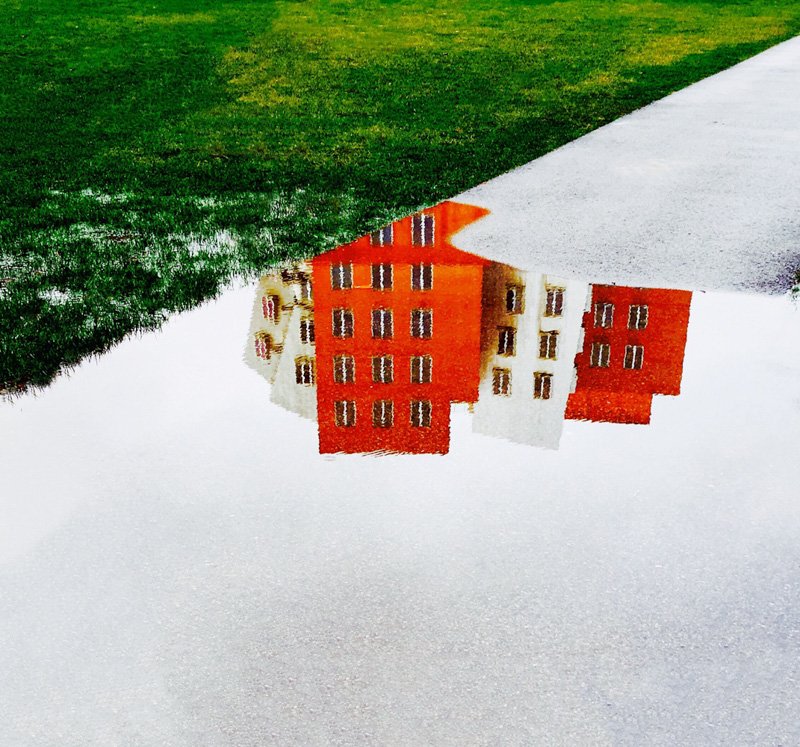
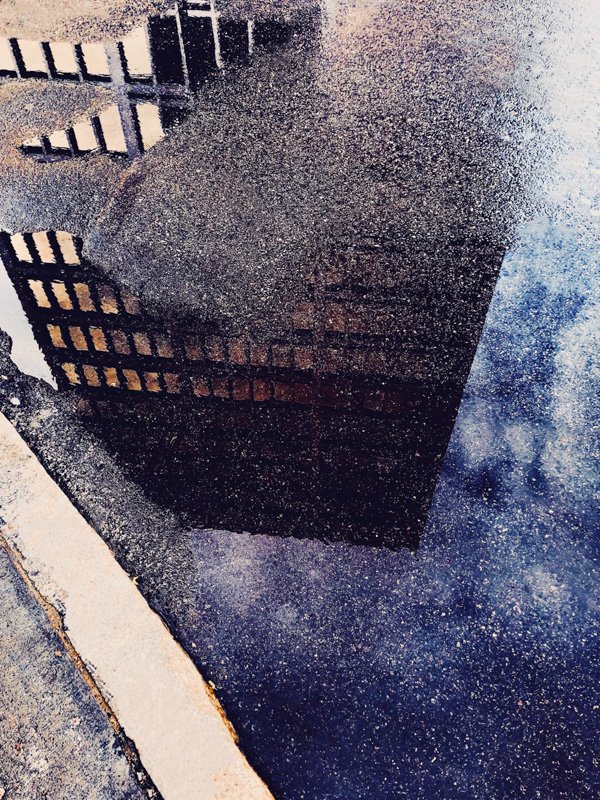
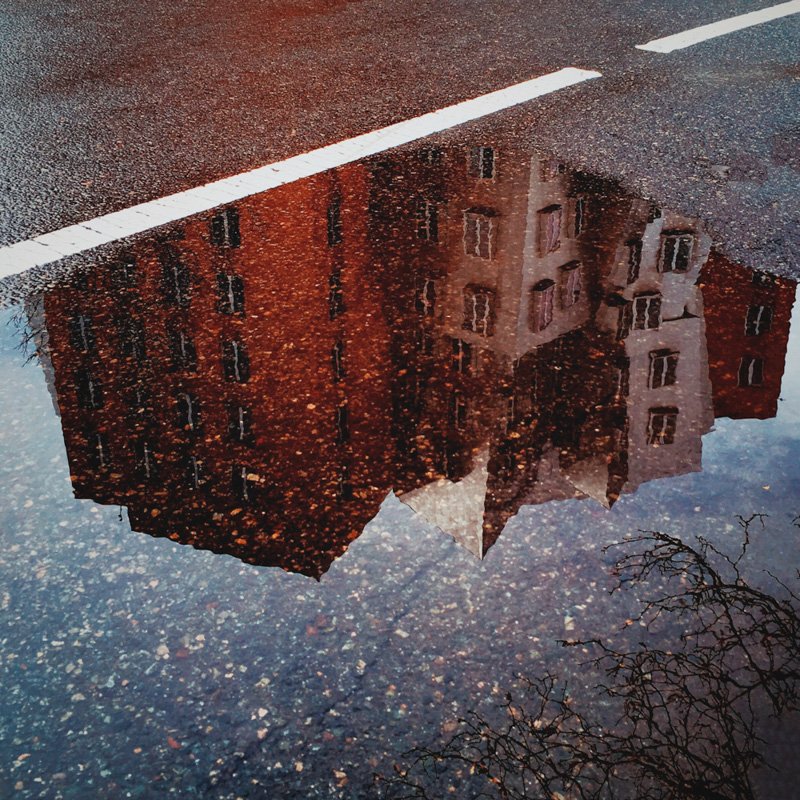
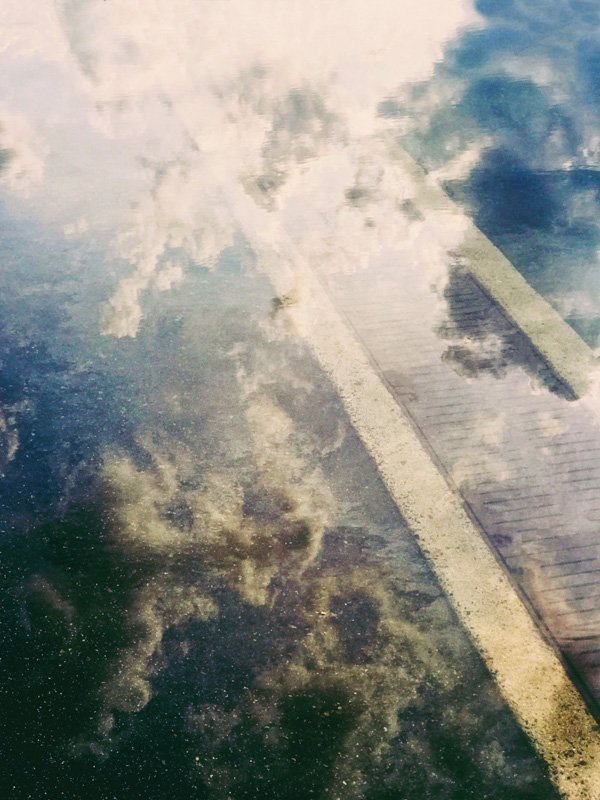
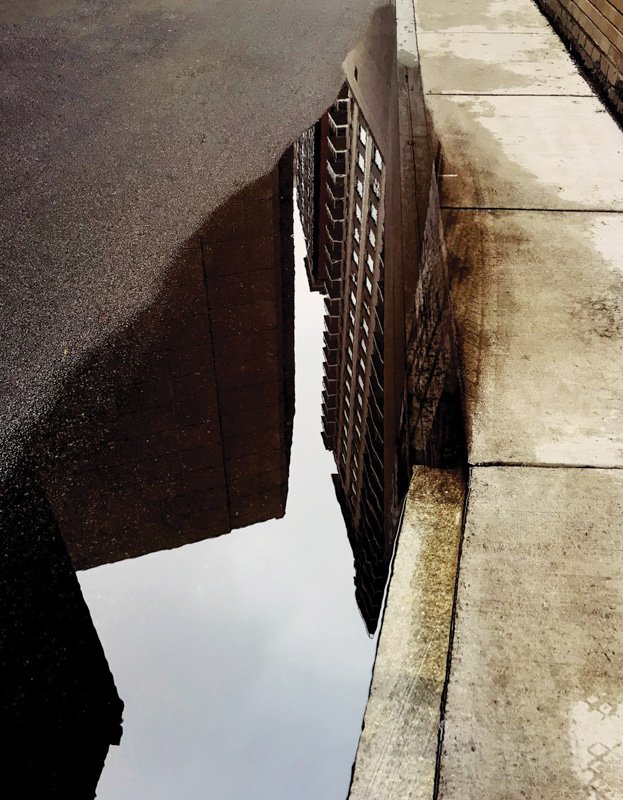
Between Nothing
My goal is to pull the viewer's eyes in closely, for the retina to project visual information directly to the imagination. I want to take the audience to the space between sensation, fantasy, and emotions to find something we may be looking for.










